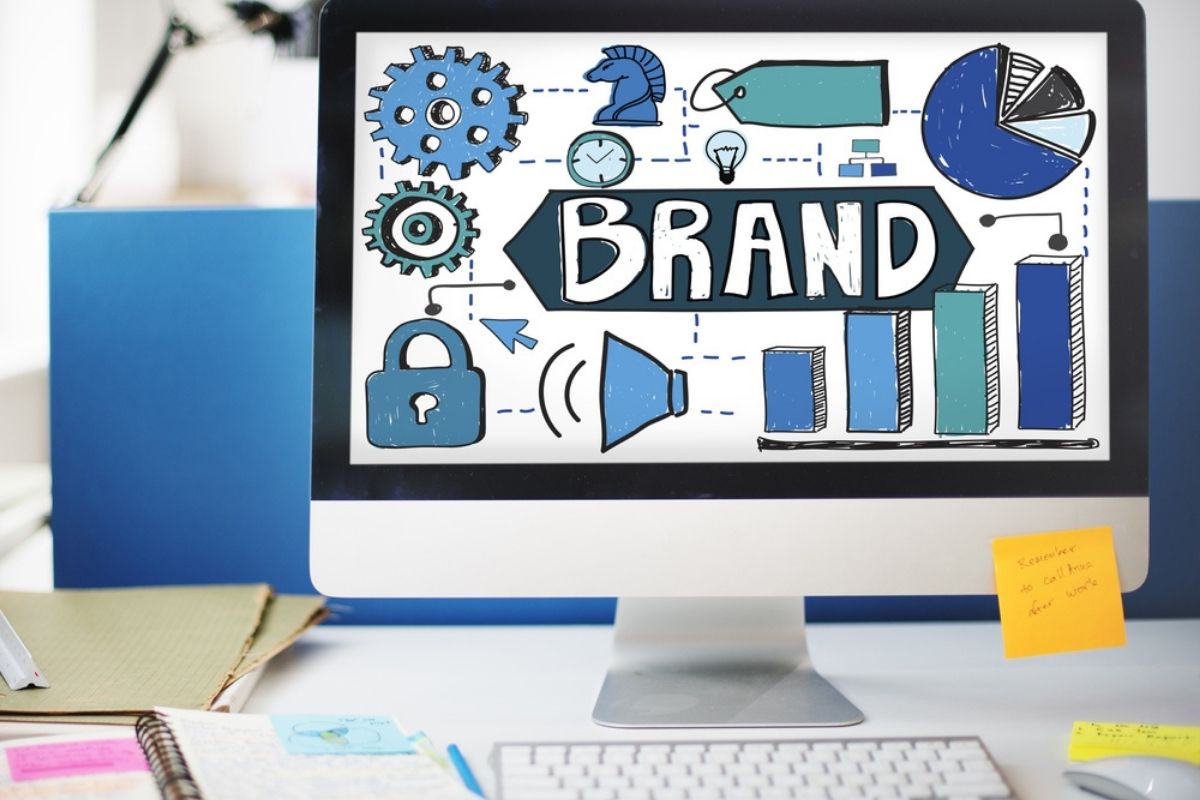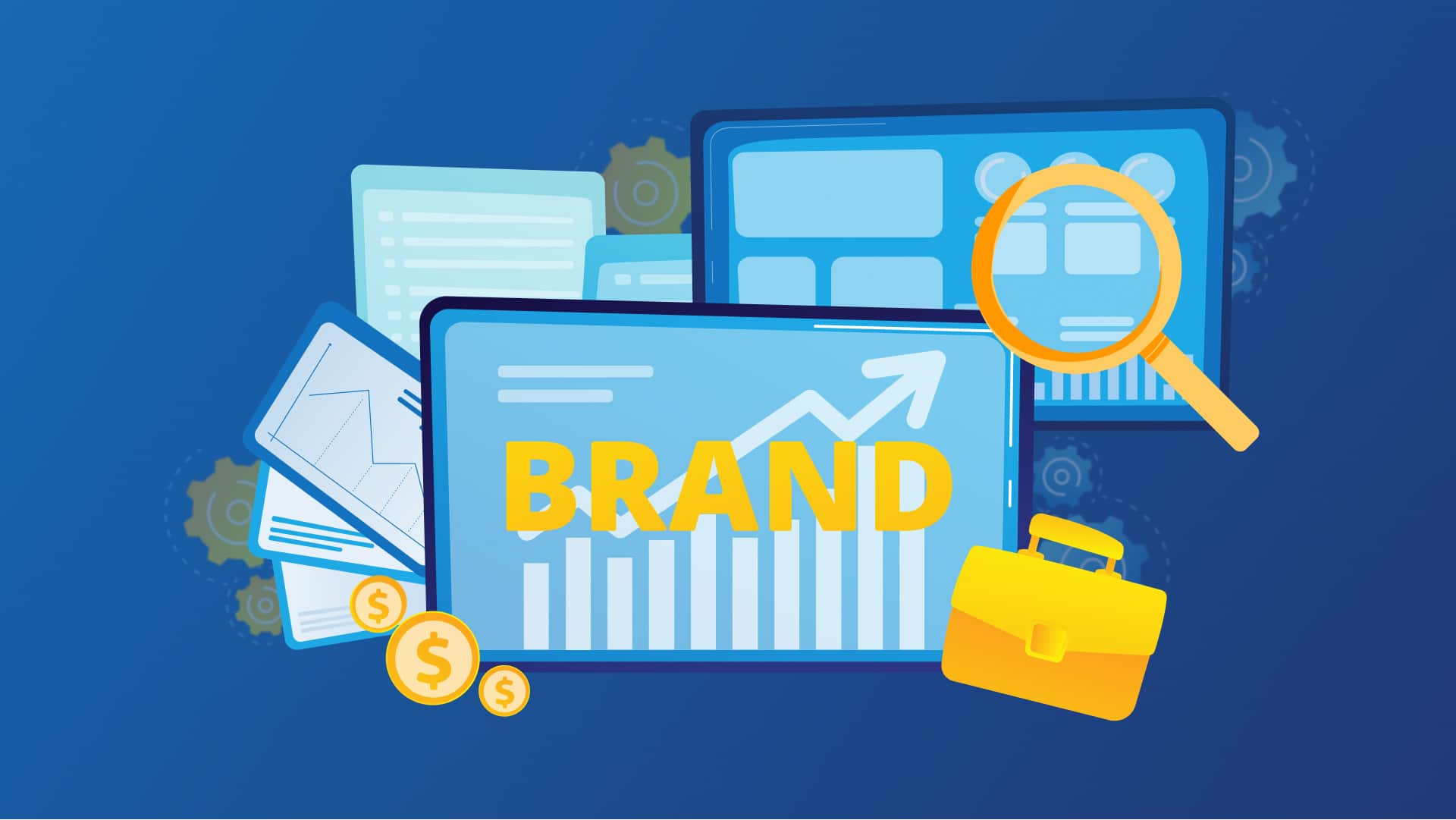In today’s digital age, where online presence and reputation can make or break a business, brand monitoring has become indispensable. Brand monitoring tools play a vital role in helping businesses track and manage their online presence effectively.
Types of Brand Monitoring Tools

Brand monitoring tools come in various forms, each catering to different aspects of online reputation management.
1. Social Media Monitoring Tools
These tools track mentions, comments, and conversations about a brand across social media platforms like Facebook, Twitter, Instagram, LinkedIn, and YouTube. They provide real-time insights into brand sentiment and engagement metrics.
2. Online Reputation Management Tools
These tools offer comprehensive brand monitoring and reputation management solutions, including sentiment analysis, review tracking, and crisis management features. They help businesses maintain a positive online reputation and address issues proactively.
3. Competitor Analysis Tools
These tools focus on monitoring competitors’ online activities, including their social media presence, content strategy, and customer feedback. They provide valuable insights for benchmarking and strategic planning.
Key Features to Look for in Brand Monitoring Tools
When choosing a brand monitoring tool, it’s essential to consider the following key features:
1. Real-time Monitoring Capabilities
The ability to monitor online mentions and conversations in real time is crucial for timely response and crisis management.
2. Sentiment Analysis
Advanced sentiment analysis features help businesses understand the tone and context of online mentions, whether they are positive, negative, or neutral.
3. Customizable Alerts
Customizable alert settings enable businesses to receive notifications for specific keywords, mentions, or sentiment changes, ensuring they stay informed and proactive.
4. Historical Data Analysis
Access to historical data and analytics allows businesses to track trends over time, identify patterns, and measure the impact of their actions on brand perception.
Understanding the Importance of Brand Monitoring
1. Defining Brand Monitoring
Brand monitoring, also known as brand tracking or reputation management, involves monitoring and analyzing online mentions and conversations related to a brand, product, or industry. It encompasses various channels, including social media, review sites, forums, news articles, and blogs.
2. Why It’s Crucial for Businesses
Maintaining a positive brand image is essential for attracting and retaining customers. Brand monitoring allows businesses to:
- Protect Their Reputation: By promptly addressing negative feedback and resolving issues.
- Gain Insights: Into customer sentiment, preferences, and market trends.
- Stay Ahead of Competitors: By monitoring competitor activities and industry trends.
Popular Brand Monitoring Tools in the Market
Several brand monitoring tools are available in the market, each offering unique features and pricing plans to suit different business needs.
1. AIM Insights
AIM Insights provides advanced social media listening and online reputation management solutions, including sentiment analysis, influencer tracking, and competitive analysis features.
2. Mention
Mention is a comprehensive social media monitoring and online reputation management tool trusted by thousands of businesses worldwide. It offers real-time monitoring, sentiment analysis, and customizable alerts.
3. Hootsuite
Hootsuite is a popular social media management platform that offers brand monitoring capabilities alongside scheduling, analytics, and team collaboration features.
4. Brandwatch
Brandwatch is an enterprise-level social listening and analytics platform that provides in-depth insights into brand mentions, audience demographics, and industry trends.
How to Choose the Right Brand Monitoring Tool for Your Business
Choosing the right brand monitoring tool depends on various factors, including:
1. Assessing Your Needs
Identify your specific requirements, such as social media monitoring, online reputation management, or competitor analysis.
2. Budget Considerations
Consider your budget constraints and choose a tool that offers the best value for money based on your needs.
3. User-Friendliness
Opt for a user-friendly interface and intuitive features that are easy to navigate and use effectively.
4. Integration with Other Tools
Ensure seamless integration with existing tools and platforms, such as CRM systems, email marketing software, or analytics tools.
Best Practices for Effective Brand Monitoring
To maximize the benefits of brand monitoring, businesses should follow these best practices:
1. Setting Clear Objectives
Define clear objectives and KPIs for your brand monitoring efforts, such as increasing brand awareness, improving customer satisfaction, or mitigating reputation risks.
2. Establishing KPIs
Set measurable KPIs to track the effectiveness of your brand monitoring activities and adjust your strategies accordingly.
3. Regular Analysis and Reporting
Regularly analyze monitoring data, generate actionable insights, and report findings to relevant stakeholders for informed decision-making.
4. Proactive Engagement
Engage with your audience proactively by responding to comments, addressing concerns, and leveraging positive feedback to strengthen your brand reputation.
Challenges and Limitations
Despite their benefits, brand monitoring tools come with certain challenges and limitations:
1. Handling Data Overload
Managing and analyzing large volumes of data from multiple sources can be overwhelming and time-consuming.
2. Accuracy of Sentiment Analysis
Automated sentiment analysis algorithms may not always accurately interpret the tone and context of online mentions, leading to misinterpretations.
3. Privacy Concerns
Collecting and analyzing customer data for brand monitoring purposes raises privacy concerns and ethical considerations, requiring businesses to adhere to data protection regulations.
Future Trends
As technology continues to evolve, the future of brand monitoring is likely to see advancements in AI-driven analytics, predictive modeling, and cross-channel integration, enabling more accurate insights and proactive reputation management strategies.
Conclusion
Brand monitoring tools play a critical role in helping businesses monitor, manage, and protect their online reputation effectively. By investing in the right tools and following best practices, businesses can gain valuable insights, mitigate risks, and enhance their brand reputation in today’s digital landscape.
Ready to take control of your brand’s online presence? Request a demo from AIM Technologies today and discover how our advanced brand monitoring solutions can empower your business. Get started now and stay ahead of the competition!
FAQs
1. What are brand monitoring tools?
- Brand monitoring tools are software solutions that help businesses track and analyze online mentions and conversations related to their brand, products, or industry across various channels.
2. How do brand monitoring tools work?
- Brand monitoring tools use advanced algorithms to crawl the web, social media platforms, and other online channels to collect data related to a brand or topic. They then analyze this data to provide insights into brand sentiment, engagement, and reputation.
3. Why are brand monitoring tools important?
- Brand monitoring tools are important for businesses to maintain a positive online reputation, track customer sentiment, monitor competitor activities, and identify emerging trends and opportunities in the market.
4. Are brand monitoring tools suitable for all businesses?
- Brand monitoring tools can benefit businesses of all sizes and industries. However, the specific features and functionalities may vary based on the unique needs and goals of each business.
5. How can I get started with brand monitoring?
- To get started with brand monitoring, identify your goals and objectives, research and compare different brand monitoring tools, choose the right tool for your business, and implement it effectively to start monitoring and managing your brand reputation online.




